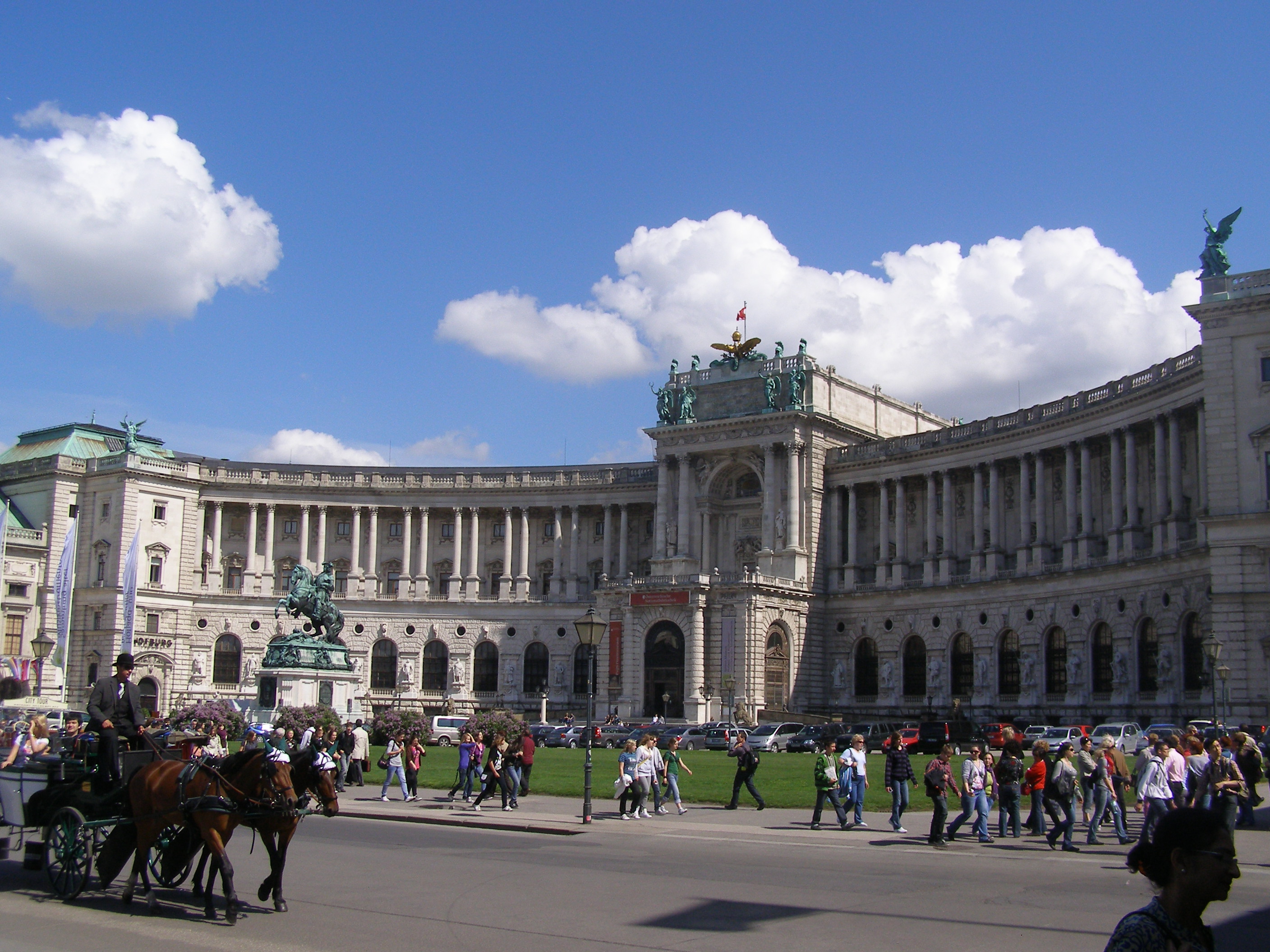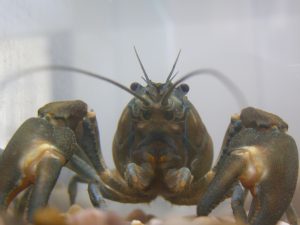
May 8, 2018, by lzzeb
European Geosciences Union General Assembly 2018
A blog by Dr Matt Johnson
Between Wednesday 11th and Friday 13th April I attended the European Geosciences Union General Assembly which took place in Vienna. The EGU is one of the largest environmental conferences in the World, with 15,075 scientists from over 106 countries attending in 2018. The conference covers a wonderfully diverse programme, including planetary science, geochemistry, hydrology, coastal dynamics and biochemical functioning. This was the 4th time I had attended the EGU and I was thoroughly looking forward to returning to Vienna and meeting friends and colleagues in the lead up to the event.
The conference and city did not disappoint – the weather was wonderful throughout and it is always enjoyable to talk science on the banks of the Danube! I met many past and, hopefully new, colleagues and was able to discuss exciting, ongoing work taking place across Europe on the interactions between living organisms and river environments.
In addition to talking science with friends, I convened a session at the conference on the Thursday afternoon focused on “Linking river ecology, hydrology, geomorphology and biogeochemistry to understand stressor responses” with my co-conveners Marc Stutter, Daniel Graeber, Miriam Glendell, Paolo Perona, Damià Vericat and Josie Geris. The session focused on the highly interactive, complex and often delicate balance between ecological, hydrological and biogeochemical regimes. The six oral talks and 22 posters provided a fascinating overview of the research taking place at this important interface between disciplines.
The keynote was given by Mark Wilkinson from the James Hutton Institute who explained his work with colleagues on floodplain restoration and how to encourage flood risk and catchment managers to uptake restoration schemes. This was followed by a series of talks on river restoration, nitrogen dynamics and algal blooms in a well received and well attended session. In the evening the session continued with a diverse set of posters on a range of topics, provoking some important debates and new networking. The poster session was, again, well attended and was complemented by beer and chips, which helped power debates into the evening!
On the Friday, I presented in the “Biogeomorphology: conceptualising and quantifying processes, rates and feedbacks” session. The session focused on how living organisms can alter sediment transport processes, with the first half focused on coastal environments and the second on fluvial environments. My talk advertised work I am currently doing, which is at a preliminary phase and kindly funded by the British Society for Geomorphological, looking at how to quantify the energy dynamics associated with biogeomorphological feedbacks. In this work, I found that the power locked up in the invertebrate community in rivers can far exceed the stream power, traditionally considered to do the work in shaping river channels. Experiments with Signal Crayfish in aquaria demonstrated that whilst some invertebrate animals do not expend as much energy moving sediment as the flow of water, animals are far more efficient than the flow at moving sediment.
The talk was well received and I got useful and positive feedback after the talk and subsequently on return from the conference. Presenting the work at an early stage was nerve wracking but it has really paid off in enthusing me about the future of the work and helping shape the direction of this research moving forward.
No comments yet, fill out a comment to be the first


Leave a Reply